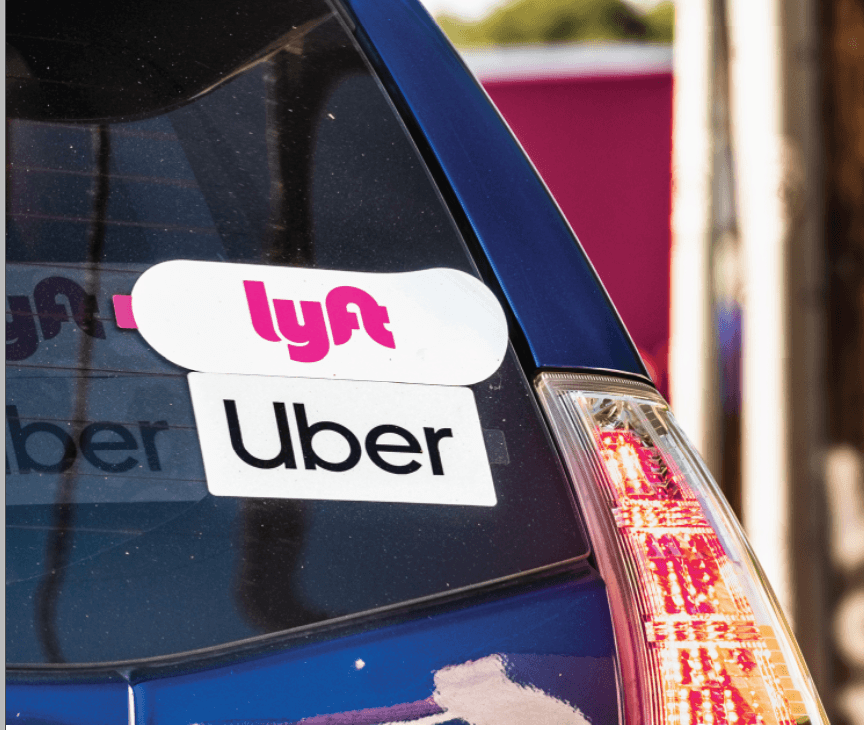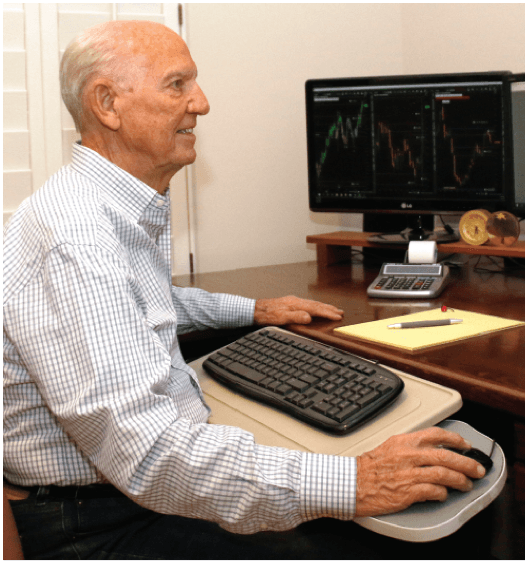The Side Hustle Century
Tens of millions of American workers have had a second job—usually to help pay the bills but sometimes to fuel a passion or scratch an itch. Their extra-curricular activities tend to fall into one of two categories. When an employer sets the hours and determines the pay, it’s a part-time job that’s sometimes known as “moonlighting.” But when budding selves, they’ve created a side hustle.
Let’s delve into the latter. Side hustles can include almost any kind of service, and they range from almost totally unskilled to highly specialized—anything from dog walking to search engine optimization. They’re as obvious as driving for Uber and as surprising as becoming a dating coach or collecting fees for watching videos online.
Whatever the arena, it makes sense to pursue a second source of income in today’s gig economy. Old patterns of employment are fading away. These days, fewer workers persevere in the same career for decades in exchange for a predictable salary, health insurance, life insurance, paid vacations, sick leave, family leave, stock options, 401(k) plans and pensions.
Instead, an increasing number of workers go their own way. They’re under contract for a specified period of work or until they complete a specific project. They pay for their own insurance, budget for lean times and, hopefully, provide for their own futures by putting away some cash or investing in real estate or securities. A fallback second line of work can help ameliorate the uncertainty of going it alone.
Then there’s the creative aspect of the side hustle. After a day of stocking shelves or writing code, it can feel liberating to teach guitar chords or “stage” a house that’s about to go on the market by arranging furniture and artwork. Why should a worker with varied interests fulfill only one of them in the workplace and neglect the others?
So just about everybody qualifies as a potential side-hustle entrepreneur. It could be the cash-strapped stage manager of a rock band who makes the rent by printing logos on T-shirts and selling them online. Another might be an affluent, numbers-savvy accountant who expresses a refined sense of visual composition in a second job as a professional photographer.
Whoever they are, wherever they come from and whatever they’re seeking, the ranks of American side hustlers are growing. But sources disagree on how fast the phenomenon is expanding and how many workers have taken it up. The confusion arises partly because the U.S. Bureau of Labor Statistics, a critical source of information about the labor market, doesn’t track what it calls “non-primary work.” The government ignores side hustles in an effort to avoid what’s trendy and thus keep its stats comparable over long periods.
Numerical disparities aside, it seems reasonable to assume that half of the population will soon work as private contractors. It’s already reached that point, a SunTrust Banks survey indicates. Forbes magazine calculates that 57 million Americans operate totally or partly in the gig economy, which is 36% of all workers. MBO Partners projects that 58% of workers will have served as private contractors by 2027.
Whatever the total, people have been working second jobs for millennia. The word “freelance” dates back to at least the 1700s, when it was applied to mercenary soldiers. The phrase “side hustle” was coined in the 1950s. But the side-hustle movement has exploded as millennials—the generation born between 1981 and 1996—has come of age.
In fact, the side-hustle has become a cultural touchstone for millennials. Consider a question posed in Glamour magazine: “You don’t freelance on the side … what kind of urban-dwelling millennial are you?”
At any age, working a side hustle requires discipline. More specifically, a side hustle’s four requirements include place, routines, purpose and people, says the Harvard Business Review. Place means somewhere to retreat to get the job done. Routines require scheduling and to-do lists. Purpose means striving for a goal, such as higher income, more satisfaction on saving the world. People, including mentors, peers, clients and customers, fend off the loneliness of a solitary side hustle.
Side hustlers can pursue mundane tasks like housework, dog walking, and dog poop scooping. They can take up the obvious, such as reselling merchandise online or driving for a ride-sharing service. But the best brainstorm for ideas and come up with some surprising sidelines. Take the example of the grad student who helps brides find vendors for wedding arrangements.
Investing effort in a side hustle can pay off in countless ways Side hustles pay the bills, fulfill ambitions and realize dreams. As the economy forsakes the full-time, long-term model of employment, side hustles look to gain even more importance for financial security. Welcome to the Side-Hustle Century.









